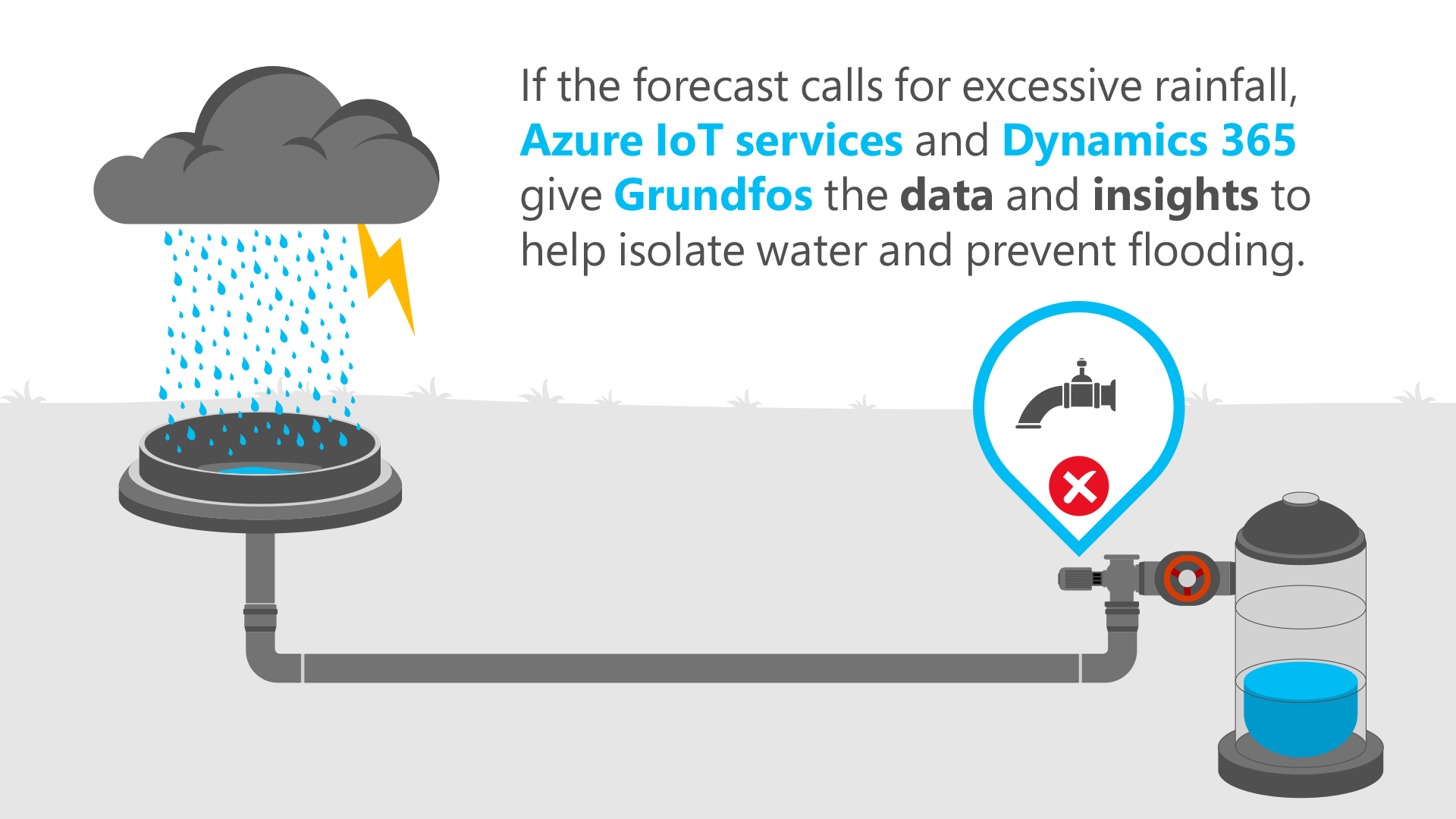For many of us, it’s easy to take water for granted. As you read these words, you’re probably no more than ten metres away from a tap which will provide you with a torrent of safe, clean water at a moment’s notice.
For more than 40 percent of the world’s population however, a sufficient supply of clean water sadly isn’t a reality. Somewhere in the world, a child dies from a water-related disease every 90 seconds.
Sombre facts like this helped drive the development of one of the UN’s Sustainable Development Goals advocating clean water and sanitation for all – and Danish company Grundfos is driven to play its part.
Founded in 1945 in Bjerringbro, Denmark, Grundfos produces more than 16 million energy-efficient pumps a year that move water, using as little energy as possible, while providing drinking water, removing wastewater, and watering crops all over the world.
Drop by drop, a lake is formed – Turkish proverb
More than just moving water between two locations, Grundfos is focusing on making every single drop count, by making the water cycle as efficient a process as possible by reducing wastage, resulting in more clean water available.
With a staggering 45 billion litres of water lost to leaks each and every day, Grundfos focused on monitoring water distribution networks to predict pump failures and detect leaks. By 2015 however, the company faced the challenge of storing vast amounts of data on its on-premises servers, while struggling to maintain several versions of device and gateway firmware.
Enter the cloud.
Turning to Microsoft Azure, the Azure IoT Suite and Dynamics 365, Grundfos, in collaboration with Microsoft, created a time-saving, cost-effective remote monitoring and maintenance solution which allowed two-way communications between Grundfos’ pumps and customer’s monitoring consoles.
“The Azure platform gives us a global, scalable platform with an open architecture so we can integrate it with other solutions,” says Jens Hartmann, Group VP and CIO at Grundfos. “It provides us with a huge stack of standard capabilities and a security level that we could not easily develop ourselves.”
Using Azure IoT Hub and Azure IoT Edge, Grundfos can now collect pump data from intelligent sensors in real time and synthesise it using Microsoft Dynamics 365 to allow its smart pumps to help predict, prevent, and react to water issues.
In addition, Azure IoT Edge acts as a go-between to connect the millions of older Grundfos pumps still in service to the IoT Hub, so they can add their data to the solution. These capabilities will set the stage for the company to offer new services that can further add value to its customers, improve disaster relief and sanitation, and save lives.
Safeguarding the future

Currently, Grundfos manufactures more than 16 million pumps a year that feature its smart pumping solutions, which identify and isolate faulty pipes and reroute water to its intended location.
Armed with its smart pumps’ insights, Grundfos can predict, prevent, and react to issues as they arise. If the weather forecast predicts excessive rainfall, for example, Grundfos help isolate water and prevent flooding. This sets the stage for new services that add value for customers, improve disaster relief and sanitation, and save lives.
Safeguarding the water supply isn’t Grundfos’ only concern. Water pumps consume roughly 10 percent of the world’s electricity supply, making it a key contributor to climate change. With the predictive analytics abilities in Cortana Intelligence, Grundfos has the potential to forecast when power usage is at its lowest and reschedule pumps to work during off-peak hours.
Clearly, there is more to be done, but with the power of Azure IoT, Grundfos is helping to ensure that the global water supply is safe, reliable and efficient.
Check out the full customer story to learn more about Grundfos’ intelligent pump solution.




